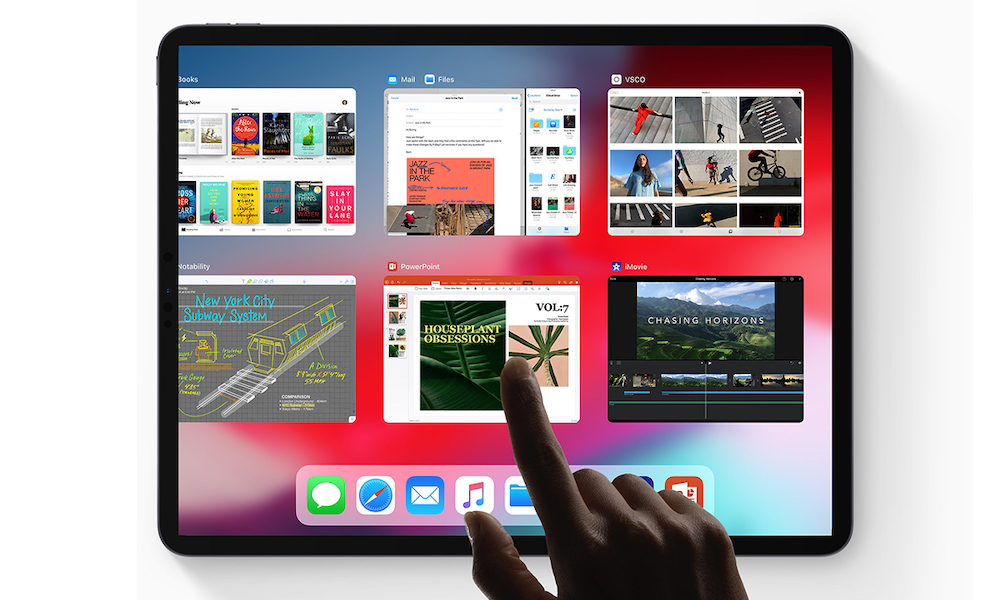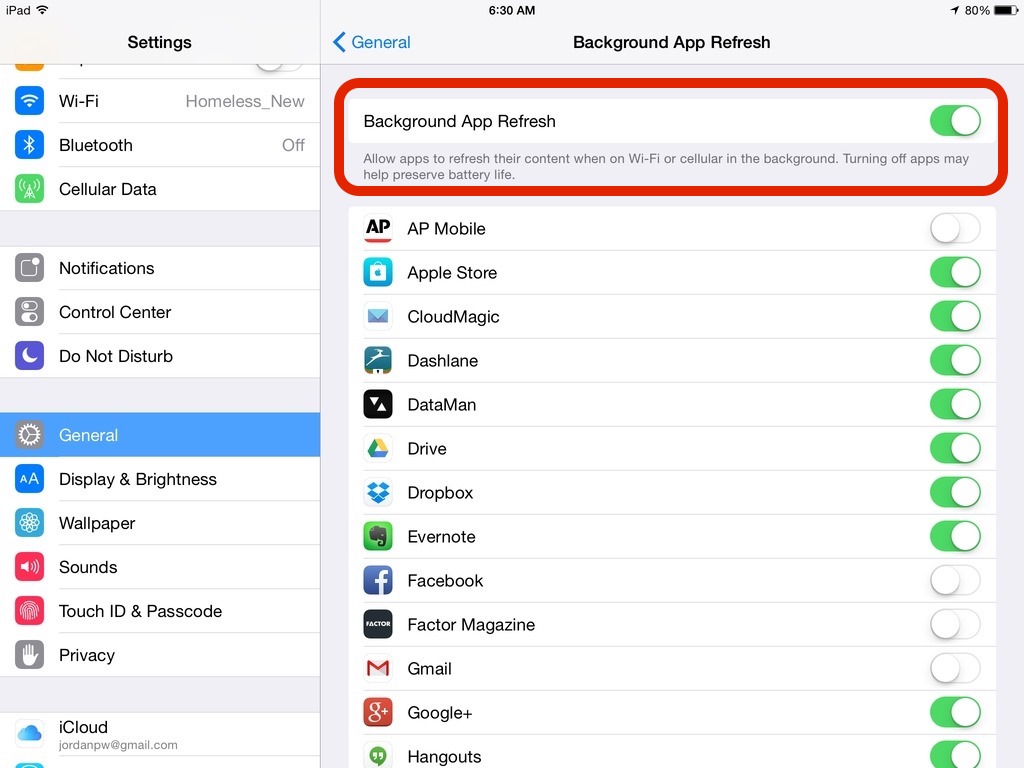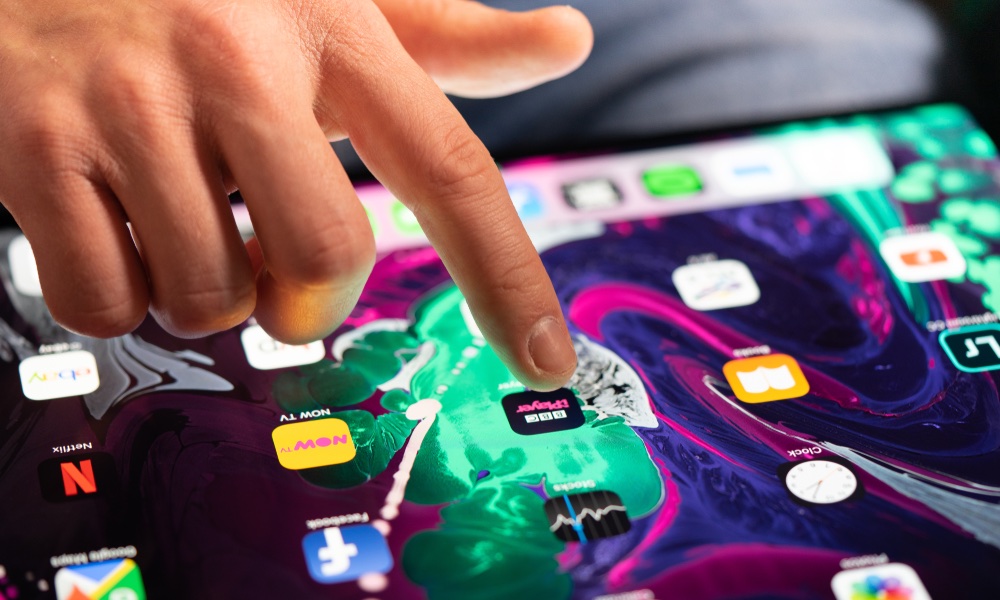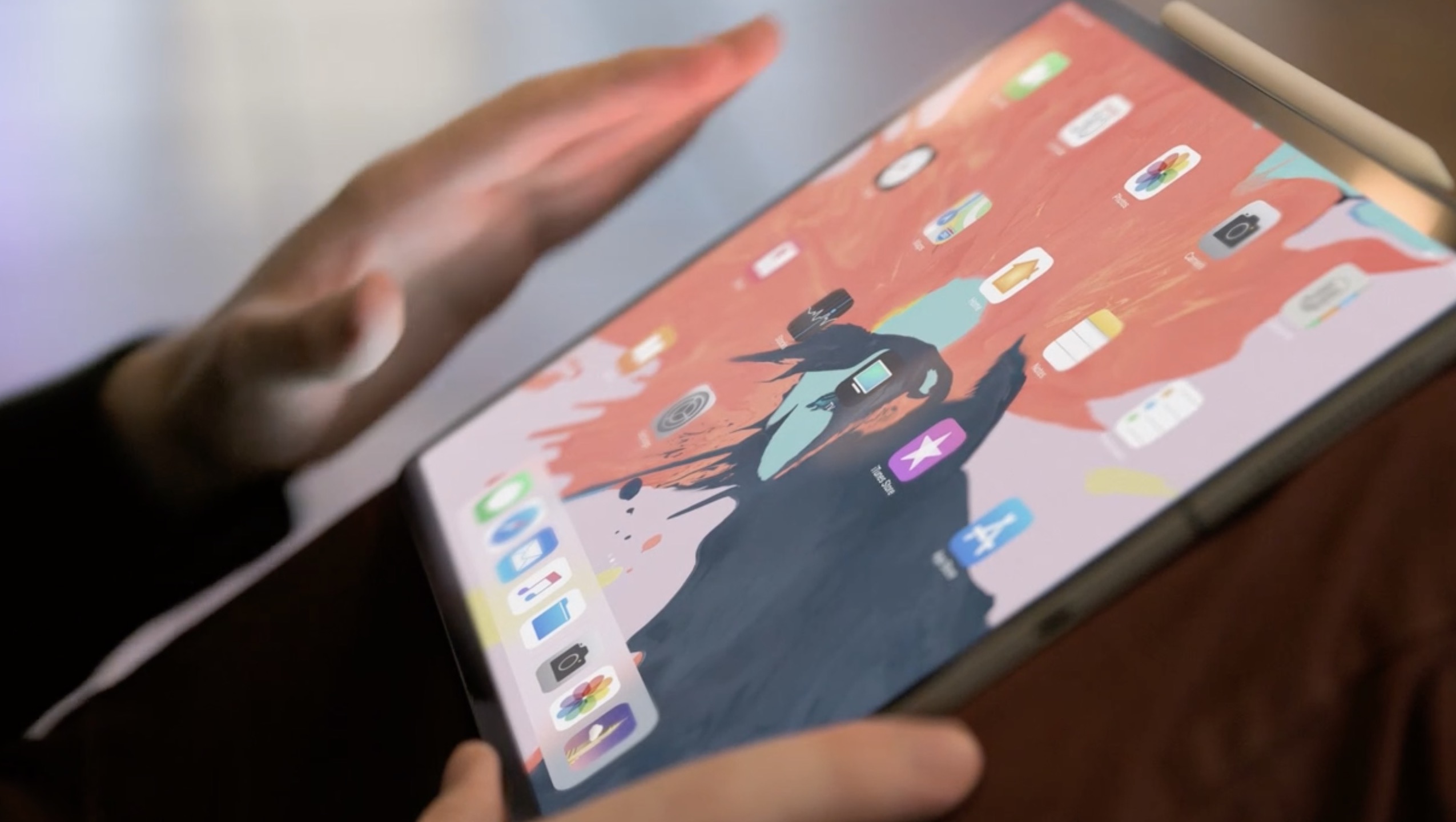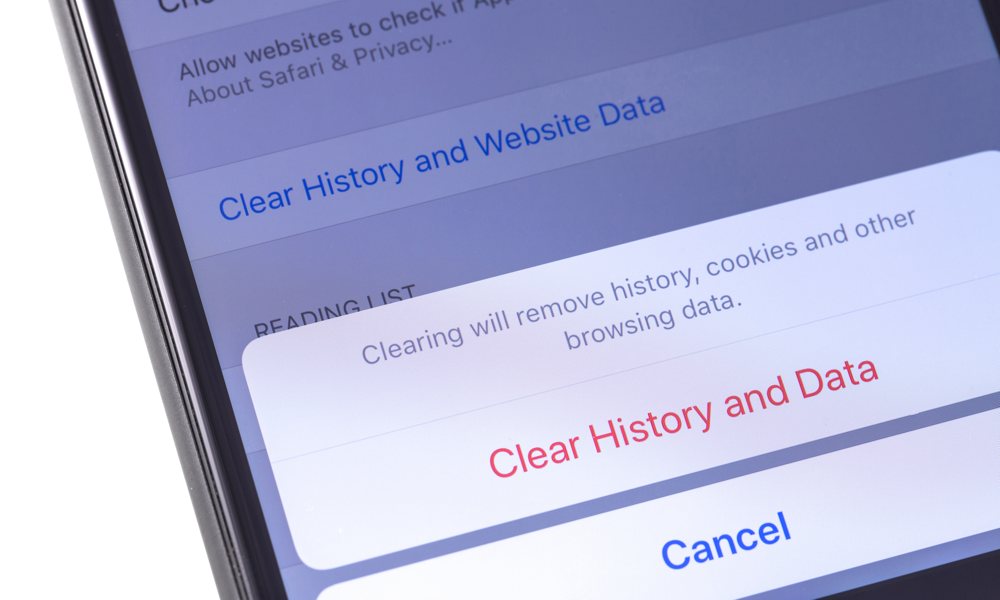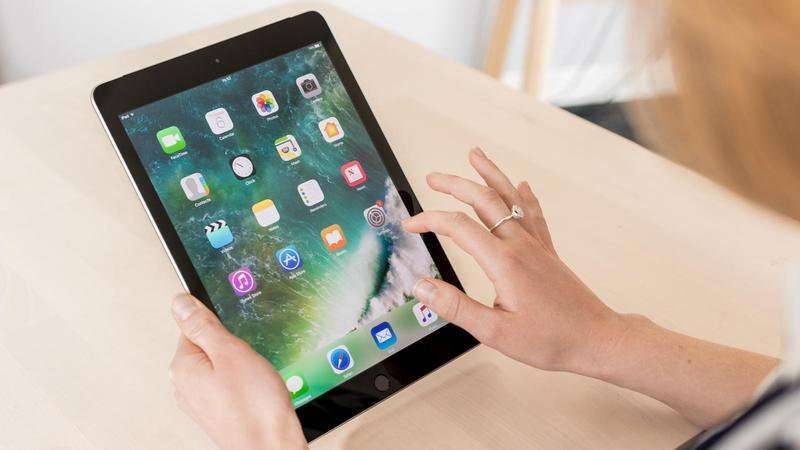6 Quick and Easy Ways to Speed up Your Aging iPad
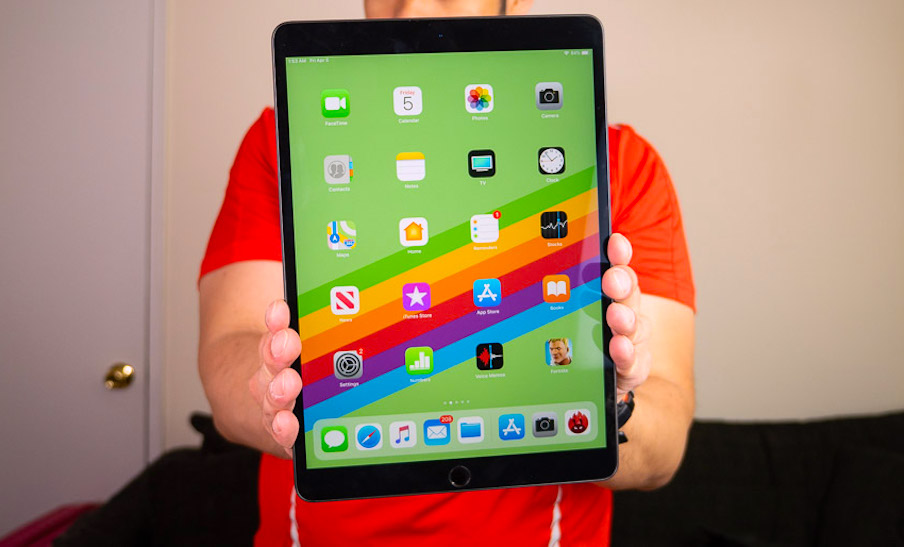 Credit: PhoneArena
Credit: PhoneArena
You don't want to give up your beloved iPad, we completely understand. If it still works, it still deserves a place by your side. But as Apple's tablets get older, they can also get slower; which is caused by a combination of software and hardware issues. If your iPad is so slow it's starting to frustrate you; it's time to make a change – without replacing it entirely. Here's what to do to give your iPad a significant speed boost. Continue reading to learn 6 Quick and Easy Ways to Speed up Your Aging iPad.
Update and Restart
This should always be your first step when attempting to improve the speed of an Apple device. Apple updates don't just add new features, they also contain optimization updates to help software run more efficiently, which leads to speed boosts. This can have a big impact, especially if it's been a while since you've updated your iPad and it's fallen a long way behind the current state of iOS.
- So plug in your iPad, and head to Settings.
- General.
- Software update, and apply any updates that are waiting for you.
- When finished, fully power down your iPad and then restart it. This simple step can make a big difference.
Turn off Background App Refresh
Background App Refresh is a feature that causes apps to update in the background to collect new information at various time intervals.
Unless you're using a really important app that needs to be updated all of the time, this isn't required, and turning it off can help both improve battery life and increase iPad speed for the apps that you're using.
- Head to Settings.
- Go to the General section.
- Select Background App Refresh to disable it completely, or only keep it enabled for the most important apps that you have.
Clear out Your Storage
If you've had your iPad for a few years or longer, chances are good that it's become cluttered with content. If your storage is nearly full, that has a direct impact on your speed. You can make a difference by clearing out unused apps, messages and more.
- Hold down on any app icon to open up the "X" option to delete it.
- For messages, simply go to Settings, choose Messages, and choose "Keep Messages for 30 days" to delete all of your older iPad messages.
- If you store photos on your iPad, go to the Photos app and delete all of the images/video you don't need. After this, restart your iPad and you should notice some improved performance.
Reduce Motion and Transparency
iPads and iPhones feature cool motion animations – changing how apps fade in and swoop out – and the transparency of various app elements.
While these things look nice, they aren't necessary and they could be slowing down your iPad when it's busy trying to do other more important tasks.
In the General section of Settings, look for the Accessibility section, where you can find the option to Reduce Motion, which will minimize these transitions and can lead to a faster experience.
Clear out Safari
If you use Safari frequently on your iPad, then – like most browsers – it's been building up a cache of history and website data. That's no problem in the short term, but if you ignore it over time, it can lead to serious slowdowns when you are browsing the internet.
Take care of this problem by clearing out your cache. It's effortless to do. As usual, this will also clear out any autosaved login information that isn't on iCloud, so keep this in mind before you begin.
- Go back to Settings.
- Choose General.
- Look for the option to Clear History and Website Data.
Turn off Siri or Similar Services You Don't Use
Settings also includes a whole lot of features that your iPad (more or less) constantly runs.
- If Hey Siri is on, she's always listening.
- If Location Services are on, then they are running with every compatible app, and so on.
But if your iPad is a bit short on RAM these days, these extra processes can slow everything else down. Comb through your Settings and shut down the things you don't need.

